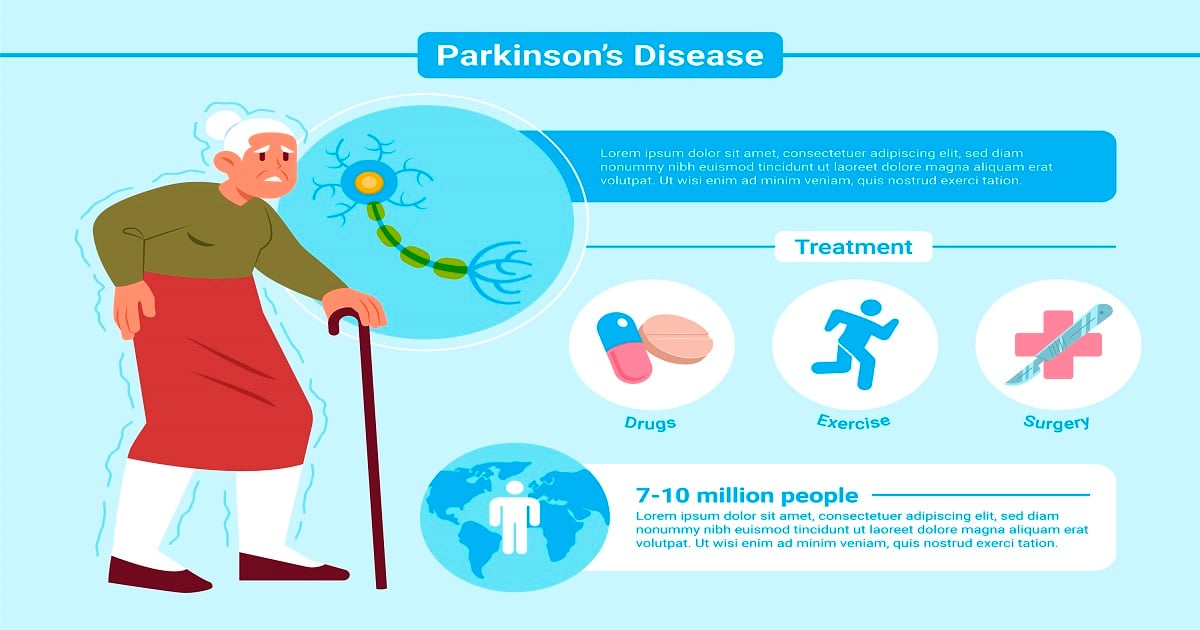Towards Precision Medicine in Parkinson’s Disease
A special issue of Journal of Personalized Medicine (ISSN 2075-4426). This special issue belongs to the section "Mechanisms of Diseases".
Deadline for manuscript submissions: 20 October 2024 | Viewed by 439

Special Issue Editor
Interests: deep brain stimulation; Parkinson’s disease; neurology and neurological rehabilitation; movement disorder
Special Issues, Collections and Topics in MDPI journals
Special Issue Information
Dear Colleagues,
Parkinson’s Disease (PD) is the second most common neurodegenerative condition characterized by multifaceted clinical presentation and disease course. Several motor and non-motor symptoms that can interplay, by defining for each single patient the specific clinical PD phenotype. Indeed, over the years, PD has been subdivided and phenotyped on the basis of motor and non-motor symptoms, and, more recently, on the basis of the hypothesized pathophysiological mechanisms (see, for example, the brain-first VS body-first classification). The main purpose of all these efforts for defining the different phenotypes of PD is to define the clinical and instrumental biomarkers of disease progression and response to dopaminergic drugs and advanced therapies (i.e., Deep Brain Stimulation, Levodopa–Carbidopa intestinal gel) in order to increasingly develop personalized medicine for PD patients. This also includes the recent discoveries that have made in the genetics of PD; thus, it is possible to also classify the disease on the basis of a specific genetic background. Based on these premises, the scope of this Special Issue encompasses various aspects of PD diagnosis and management with a focus on the classification of the different PD phenotypes and the identification of novel biomarkers that can allow to better define the progression of the disease and the response to treatments. By bringing together the latest research, clinical insights, and expert opinions, this Special Issue aims to provide a valuable resource for clinicians, researchers, and healthcare professionals involved in the diagnosis and management of PD. The collective knowledge presented here will contribute towards improved patient care and pave the way for future advancements in this field.
Dr. Francesco Cavallieri
Guest Editor
Manuscript Submission Information
Manuscripts should be submitted online at www.mdpi.com by registering and logging in to this website. Once you are registered, click here to go to the submission form. Manuscripts can be submitted until the deadline. All submissions that pass pre-check are peer-reviewed. Accepted papers will be published continuously in the journal (as soon as accepted) and will be listed together on the special issue website. Research articles, review articles as well as short communications are invited. For planned papers, a title and short abstract (about 100 words) can be sent to the Editorial Office for announcement on this website.
Submitted manuscripts should not have been published previously, nor be under consideration for publication elsewhere (except conference proceedings papers). All manuscripts are thoroughly refereed through a single-blind peer-review process. A guide for authors and other relevant information for submission of manuscripts is available on the Instructions for Authors page. Journal of Personalized Medicine is an international peer-reviewed open access monthly journal published by MDPI.
Please visit the Instructions for Authors page before submitting a manuscript. The Article Processing Charge (APC) for publication in this open access journal is 2600 CHF (Swiss Francs). Submitted papers should be well formatted and use good English. Authors may use MDPI's English editing service prior to publication or during author revisions.
Keywords
- Parkinson’s disease
- Deep Brain Stimulation
- genetic
- GBA
- Levodopa–Carbidopa intestinal gel
- biomarkers
Benefits of Publishing in a Special Issue
- Ease of navigation: Grouping papers by topic helps scholars navigate broad scope journals more efficiently.
- Greater discoverability: Special Issues support the reach and impact of scientific research. Articles in Special Issues are more discoverable and cited more frequently.
- Expansion of research network: Special Issues facilitate connections among authors, fostering scientific collaborations.
- External promotion: Articles in Special Issues are often promoted through the journal's social media, increasing their visibility.
- e-Book format: Special Issues with more than 10 articles can be published as dedicated e-books, ensuring wide and rapid dissemination.
Further information on MDPI's Special Issue polices can be found here.






